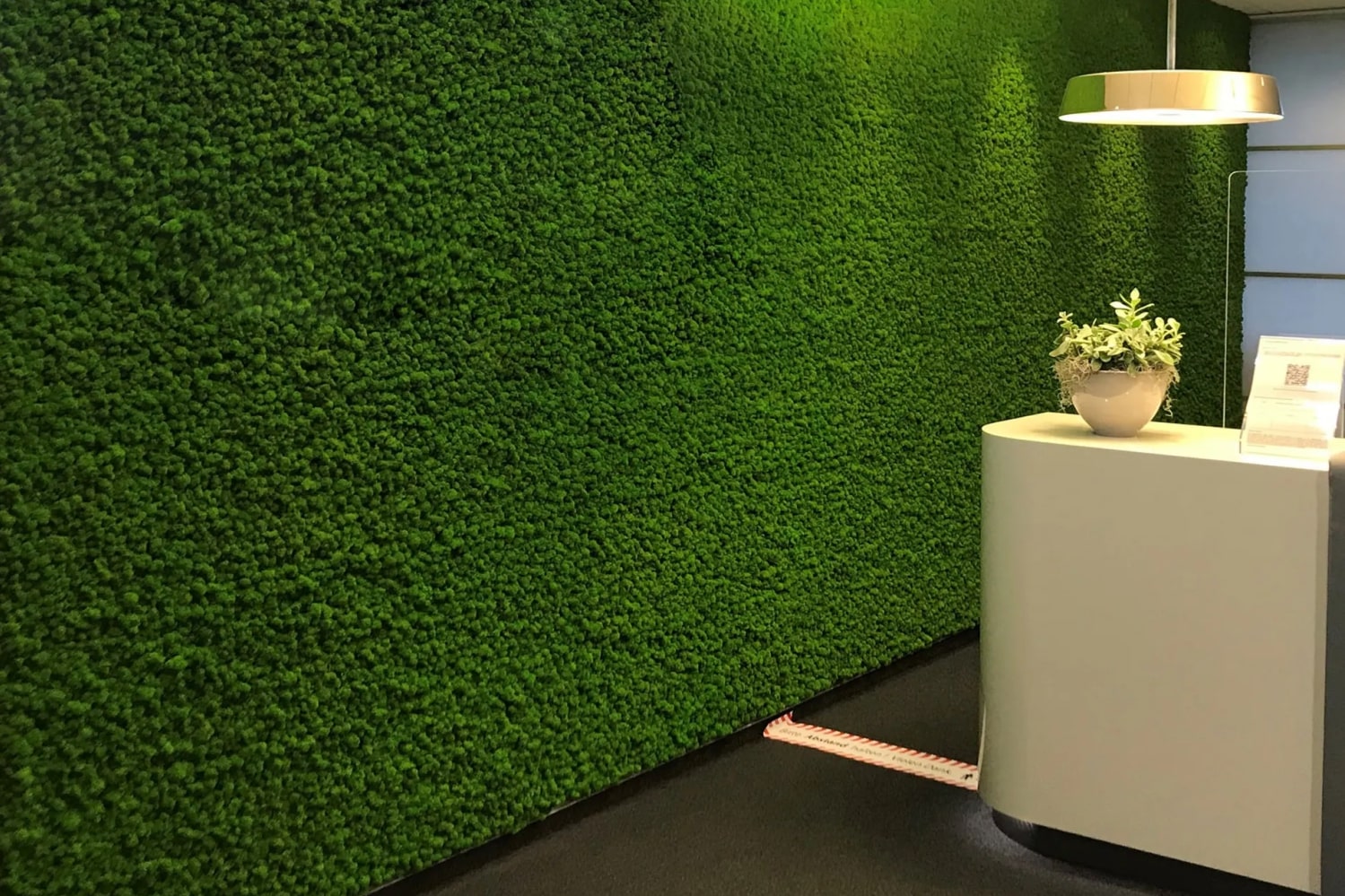Can houseplants really clean the air? This question has been hotly debated for years – and almost always one big name comes up: NASA. Their legendary Clean Air Study from the 1980s is still cited today when it comes to the air-purifying effect of plants. But what exactly did NASA investigate? And what does that mean for us today – in living rooms, bedrooms, and offices?
We take a closer look at the study, place it in a scientific context, and show what modern systems like AIRY have learned from it.
Why was NASA interested in plants?
Simply put: NASA was looking for a solution for the space station. In closed systems like space, clean air is vital for survival – but technological filtration systems are maintenance-intensive, expensive, and non-renewable. Plants, on the other hand…
- produce oxygen,
- increase humidity
- and – according to the hypothesis – filter pollutants from the air.
So NASA tested various plants for their ability to eliminate air pollutants – and found success.
What exactly did the NASA Clean Air Study investigate?
The study with the official title "Interior Landscape Plants for Indoor Air Pollution Abatement" was conducted in 1989 by Dr. B. C. Wolverton.
What did the experimental setup look like?
- Plants were placed in sealed plexiglass chambers.
- For this, the air was contaminated with volatile organic compounds (VOCs) such as formaldehyde, benzene, or trichloroethylene.
- After 24 hours, it was measured how much of the pollutants had been absorbed by the plants.
What was the result?
Many plants were able to significantly reduce the concentration of these substances – in some cases by up to 90%. Particularly effective were:
| Plant | Removed pollutants |
|---|
| Devil's ivy (Epipremnum) | Formaldehyde, benzene, xylene |
| Spider plant (Chlorophytum) | Formaldehyde, carbon monoxide |
| Snake plant (Sansevieria) | Benzene, formaldehyde |
| Chrysanthemum | Trichloroethylene, formaldehyde, ammonia |
| Peace lily (Spathiphyllum) | VOCs in general |
The study is still considered a milestone for research on plant-based air purification.
And what's the catch?
The euphoria was great – plants as natural air purifiers! But: the study was conducted in a controlled laboratory environment, not in real living spaces. And that makes a huge difference.
The reality check
- The plexiglass boxes had a volume of only 1 m³.
- There was no air exchange, no windows, no movement.
- The air was enriched with extremely high concentrations of pollutants – significantly more than normally found in living spaces.
Current studies show: In real apartments or offices, one plant per room is not enough to achieve significant effects.
→ A study by RWTH Aachen (Dr. Giese, 2010) found, for example, that several large plants are needed in a typical office to reduce VOCs to measurable levels.
The crucial insight: The root makes the difference
An often overlooked aspect of the NASA study is the finding that actual air purification does not primarily occur through the leaves, but through the roots and microorganisms in the substrate.
> 🔍 Plant root zones – the so-called rhizosphere – host billions of microbes that can break down and transform pollutants.
> The better the airflow through the root zone, the more effective this biological purification process.
Modern systems like AIRY's start exactly here.
AIRY: The evolution of the NASA idea
Based on NASA's findings, AIRY has developed a system that directs air specifically through the soil and root ball – completely without electricity or fans.
This creates a natural air purification cycle
- Air is drawn into the substrate through side openings.
- Pollutants are broken down by microorganisms in the root zone.
- The purified air is released back through the plant.
According to internal measurements and independent expert reports, the AIRY system cleans the air up to 8x more effectively than a conventional plant pot – in line with the NASA idea, but practical for real rooms.
The facts at a glance
| Claim | Truthfulness |
|---|
| Plants can purify air | ✅ Yes, scientifically proven |
| NASA has proven this | ✅ Under laboratory conditions |
| One plant is enough for a living room | ❌ Not realistic |
| Effect via leaves | ❌ Only a small part of the purification |
| Root system is crucial | ✅ Central purification effect |
| AIRY multiplies the effectiveness | ✅ Through active airflow |
What remains from the NASA study?
The NASA Clean Air Study sparked an entire movement – and rightly so. It shows the enormous potential of plants in air purification. But as with many things: the idea is brilliant – but only the application makes it effective.
With modern approaches like the AIRY system, NASA's scientific foundation is brought into everyday life – for healthier, greener, and fresher rooms.
Or as one might say:
Houston, we have no problem – we have plants!

The author: Peer-Arne Böttcher
Peer is the founder of AIRY and passionate about the topic of healthy indoor air. For many years, he has been intensively engaged with the scientific foundations and technical possibilities of how our breathing air can be sustainably improved – completely without chemicals, filters, or electricity.



